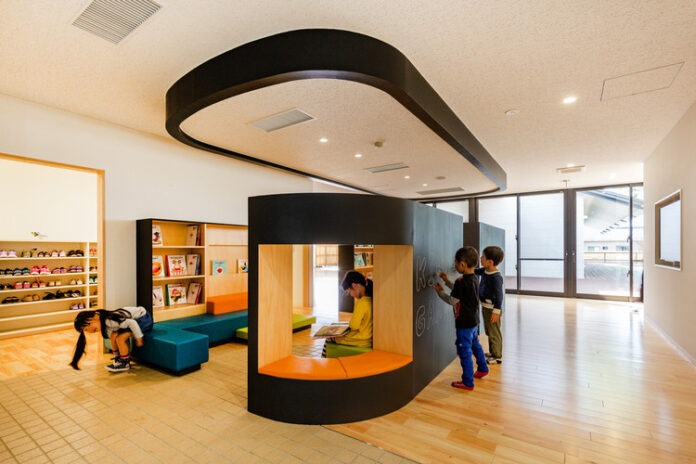Summary:
This article goes into detail explaining why a school’s choice in furniture is integral to their learning experience. I felt as though adding excerpts from the article would be the best way to summarize:
“It is a student’s right to be educated in a safe, healthy, and even aesthetically appealing environment, especially young students for whom these factors are even more important. For example, it has been shown that when the ergonomics of chairs are inadequate, they can greatly affect levels of concentration and the development of skills such as calligraphy. At the same time, the effectiveness of traditional teaching methods is increasingly being questioned and the quality of alternative methodologies increasingly being considered..
For these and many other reasons, it is possible to say that there is a fundamental trilogy for successful learning: the qualifications of the teaching staff, the interest of the students, and the quality of the physical environment – the classroom. Among them, architecture has the ability to provide spaces of high environmental comfort, including functional design and quality furnishings.
- Flexibility: to support the most varied teaching and learning strategies.
- Efficiency: as in any designed environment, sustainable solutions must be well developed and the alternatives must be long-term. As the saying goes, cheap is expensive.
- Ergonomics: the user must be taken into account. Everything should be adapted to the measurements of the student (determined by standards for each age group) and consider the different levels of development of each phase of human life. For example, the amount of uninterrupted time for which a student is able to concentrate typically varies per age group:
– From 6 to 10 years old: on average, 5 minutes of concentration.
– From 11 to 15 years old: on average, 15 minutes of concentration.
– From 16 to 20 years old: on average, 25 minutes of concentration.
The furniture must be flexible to allow different options for spatial organization, ensuring that the arrangement of the space adapts easily to any activity proposed by the school curriculum quickly and quietly.
The choice of quality furniture indicates to the user (in this case, the children) that there is concern for them. Therefore, it is very likely that better furniture can create a greater feeling of belonging, and consequently, encourage the children to have a greater respect for their environment.”
Analysis:
Since the DPP lab will be house in a school, this article was insanely relevant to my research. I really loved this article. It had such an emphasis on the long term effects of having quality furniture in schools. It also relates back to care ethics, in that this whole article focused on ways that furniture should nurture and nourish a child’s education; no matter how expensive that is in the short term. Schools have many different functions and multiple types of rooms with different needs; they house classrooms, libraries, cafeterias, science labs, and more. Because of this, looking into how school organize their spaces in integral in creating a living lab to house the HYVE. “The new ways of organizing tables and chairs are part of this change, facilitating communication and democratizing the teaching environment. In 21st century schools, the focus is on the student, and to demonstrate this new commitment, design must accompany the transformation.” Again, this article speaks to the same vision I hope to accomplish for the DPP lab; making the knowledge I have gained from this article incredibly significant.
Source:
Migliani, A. (2020, May 5). Schools of the future: How furniture influences learning. ArchDaily. Retrieved August 31, 2022, from https://www.archdaily.com/938717/schools-of-the-future-how-furniture-influences-learning




